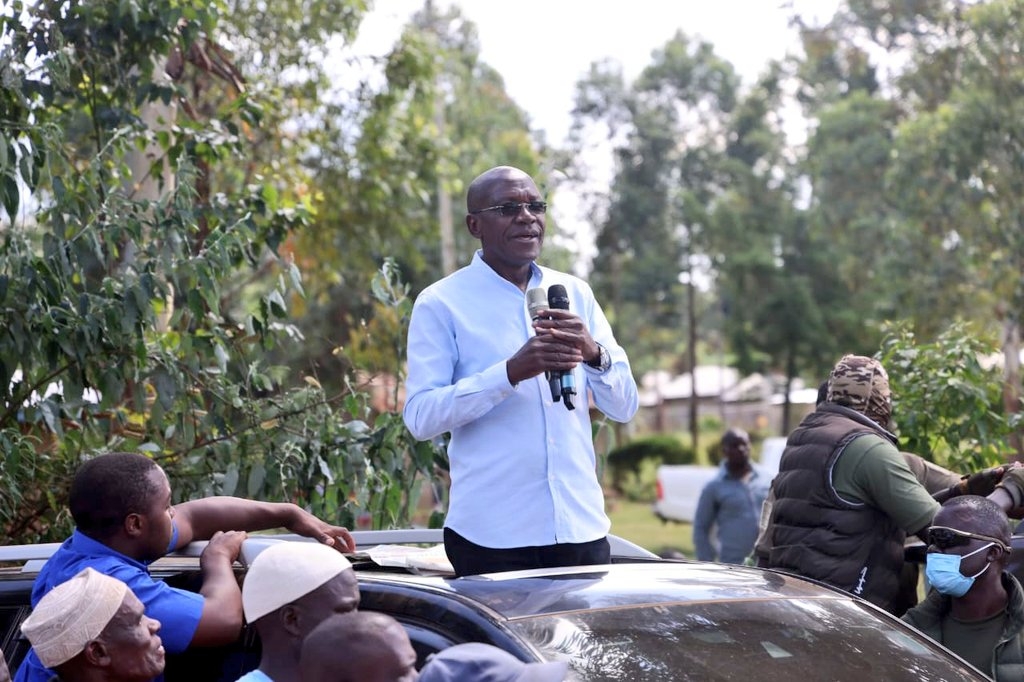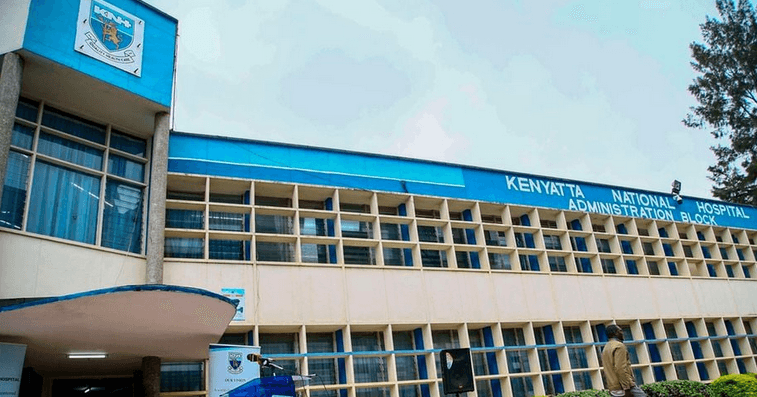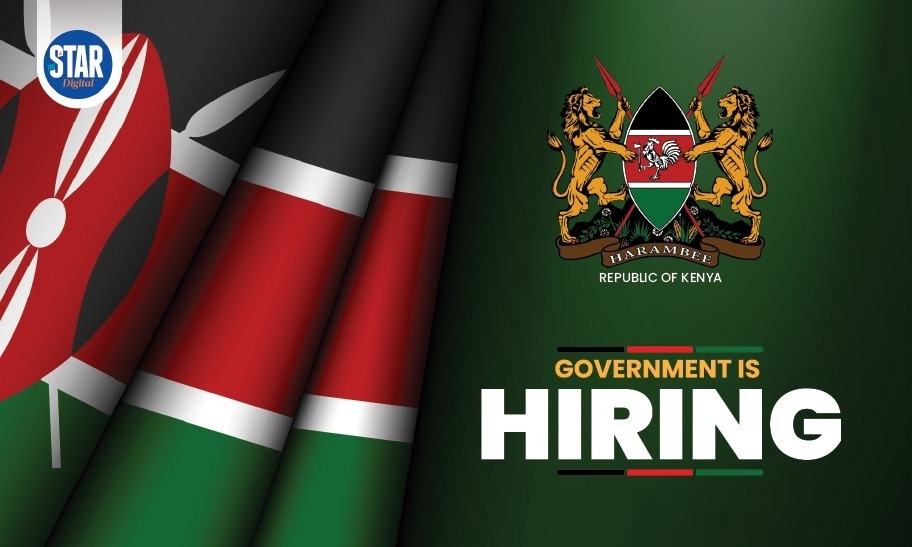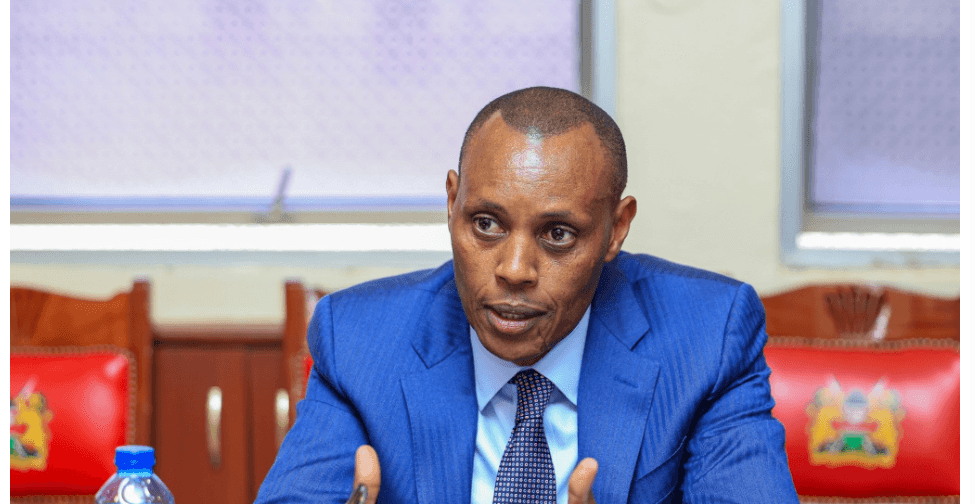Kenya should stop over-reliance on donor funds to run HIV/Aids programmes and start thinking of local funding, a forum heard on Tuesday.
The HIV Service Delivery Integration Summit, the first of its kind in the world, attracted over 500 participants in Mombasa.
Participants heard that although a lot of progress has been made in the fight against HIV/Aids, time has come for more domestic funding.
“So, the four days that we have here starting today is a very critical step in our future of sustainability of this service delivery on HIV/Aids,” said Bashir Issak, head of the Directorate of Family Health in the Health ministry.
He said HIV/Aids as a programme, together with TB and malaria and vaccines are heavily donor-funded.
“And we have commitments with our partners the timelines to take over this as government and to fund these things domestically. We have been doing it progressively but there are timelines where the government will have to take up all these investments by itself,” Issak said.
According to 2022 estimates, there are 1.377 million people living with HIV/Aids in Kenya with about 68,000 being children aged between 0-14 years.
Of the 1.377 million people living with HIV, 57 per cent are in 10 counties mostly in the Western and Nyanza.
There has been a significant improvement since 2000, when mortality was high, to date most infected people are on anti-retroviral drugs free of charge.
HIV prevalence in the country is currently at 3.7 per cent, with women bearing a heavier burden, twice as much as the men, at 2.6 per cent.
The National Aids and STI Control Programme says new HIV infections have come down considerably from more than 100,000 in the last decade to 22,000 new infections annually, 4,000 of which are among children.
At least 41 per cent of all new infections today occur among the adolescents and young people aged between 15 and 24 years.
There is also an ageing HIV population, with the bulk of them between 30 and 64 years, as opposed to the last two decades when the bulk of the HIV population were young people aged between 20 and 40 years.
Issak said this is because the measures against HIV/Aids are working, meaning people today live longer with the virus than before.
But the longer one lives, the more prone they are to non-communicable diseases like diabetes, hypertension, heart diseases and other chronic diseases.
“So, as we take care of these elderly people with HIV, we are also focusing on the other core morbidities that are associated as one progresses with age,” Issak said.
Patricia Asero, who has lived HIV for close to 30 years, said access to treatment today is much better than in 2000, when one would easily die of Aids.
At that time, no sure treatment was available and victims advocated for anything that meant hope for them.
“We just wanted something because the only thing we had seen at that time was Chemron, which was a pain-relieving tablet and it was not working,” Asero said.
“Some people took urine, some took substances they were told, some took soil. People were desperate just to keep alive.”
Now there are safer drugs, with some tablets having three pills in them as opposed to taking a cocktail of drugs as in the past.
There are injectables that one can take, although they are not easily accessible in Kenya yet.
“An injection will last for six months, meaning one will have to take two injections in a year as opposed to the daily ARV drugs,” she said.
Asero said integration of HIV services is still a challenge in Kenya where services are still parallel.
“The HIV clinics are run on their own while the normal health system is run on its own yet people who have lived with HIV for a long time like myself are coming up with non-communicable disease like hypertension and diabetes,” she said.
“You spend more money and time. Today you go for the ARVs, then tomorrow you go for your heart clinic, then the next you go for your diabetic clinic. These are different clinicians seeing you, yet you take medications that have side effects,” she said.
Nandi county health executive Ruth Koech said counties have to integrate services.
“When you are giving care to an HIV patient you must also look at other chronic illnesses that they are dealing with,” she said.

















